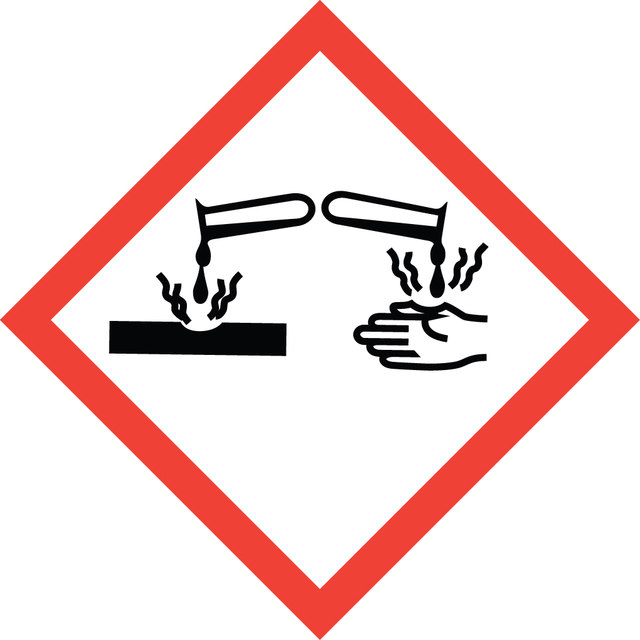F9252
Folin & Ciocalteu′s phenol reagent
suitable for determination of total protein by Lowry method, 1.9-2.1 N
form
liquid
Quality Level
concentration
1.9-2.1 N
color
clear yellow
faint yellow to very dark yellow, and Faint Green-Yellow to Very Dark Green-Yellow
pH
<0.5 (20 °C)
density
1.240 g/cm3 at 20 °C
suitability
suitable for determination of total protein by Lowry method
application(s)
diagnostic assay manufacturing
hematology
histology
storage temp.
room temp
General description
Folin & Ciocalteu′s phenol reagent is most commonly used in the Lowry method for determining protein concentration. It has also been used for the quantification of total phenolics. In this method, protein is pretreated with copper(II) in a modified biuret reagent (alkaline copper solution
stabilized with sodium potassium tartrate). Addition of the phenol reagent generates chromogens that give increasing absorbance between 550-750nm. Normally, absorbance at the peak (750nm) or shoulder (660nm) are used to quantitate protein concentrations between 1-100 mg/ml while absorbance at 550nm is used to quantitate higher protein concentrations.
In the absence of copper, color intensity is determined primarily by the tyrosine and tryptophan content of the protein, and to a lesser extent by cysteine and histidine. Copper(II) has no effect on color formation by tyrosine, tryptophan, or histidine, but reduces color formation due to cysteine.
Many modifications of the original assay procedure have been published, including methods for enhancing the color development, for determining the content of insoluble proteins, and for automating the procedure. Compounds including many buffers, chelating agents, detergents, and cyclic organic compounds can interfere with the Lowry protein assay.
Folin & Ciocalteu′s phenol reagent can also be used as a spray reagent in chromatographic procedures.
stabilized with sodium potassium tartrate). Addition of the phenol reagent generates chromogens that give increasing absorbance between 550-750nm. Normally, absorbance at the peak (750nm) or shoulder (660nm) are used to quantitate protein concentrations between 1-100 mg/ml while absorbance at 550nm is used to quantitate higher protein concentrations.
In the absence of copper, color intensity is determined primarily by the tyrosine and tryptophan content of the protein, and to a lesser extent by cysteine and histidine. Copper(II) has no effect on color formation by tyrosine, tryptophan, or histidine, but reduces color formation due to cysteine.
Many modifications of the original assay procedure have been published, including methods for enhancing the color development, for determining the content of insoluble proteins, and for automating the procedure. Compounds including many buffers, chelating agents, detergents, and cyclic organic compounds can interfere with the Lowry protein assay.
Folin & Ciocalteu′s phenol reagent can also be used as a spray reagent in chromatographic procedures.
Application
Folin & Ciocalteu′s phenol reagent has been used for the estimation of total phenolic content in samples.
Other Notes
Folin & Ciocalteu′s phenol reagent does not contain phenol. Rather, the reagent will react with phenols and non-phenolic reducing substances to form chromogens that can be detected spectrophotometrically.
Linkage
This product is also available as part of a kit.
Still not finding the right product?
Explore all of our products under Folin & Ciocalteu′s phenol reagent
Signal Word
Danger
Hazard Statements
Precautionary Statements
Hazard Classifications
Eye Dam. 1 - Met. Corr. 1 - Skin Corr. 1
Storage Class Code
8B - Non-combustible corrosive hazardous materials
WGK
WGK 2
Flash Point(F)
Not applicable
Flash Point(C)
Not applicable
Choose from one of the most recent versions:
Already Own This Product?
Find documentation for the products that you have recently purchased in the Document Library.
